F150 Electric Pickup
This week, the visit of US President Biden to the Rouge Electric Vehicle Center of Ford located in Michigan is quite significant. It is similar to the Obama era when he went to an EREV Volt factory of General Motors. However, this time, he opened a pure electric pickup truck F150, confirming to compete with China and to accelerate the development of electric vehicles with forceful rhetoric (but it seems useless).
The main competitive feature of this round of electric vehicles in the United States starts from the field of pure electric pickups. GM, Ford, and FCA have been making profits mainly from pickups and full-size SUVs since a long time ago. Tesla’s Cybertruck and Rivian’s R1T intend to subvert these three American car manufacturers. Ford’s F150 EV, General Motor’s Hummer EV, and the following series of pickup products are all prepared for the drastic changes in this competition.
In the location visited by Biden, Ford displayed a pure electric pickup chassis. Due to the characteristics of the pickup truck, the battery system is actually mounted at a high position, and there is enough space in the Z direction.
Both pictures above show us the structure of this battery system roughly. This is a very long battery system, and the rear obviously uses a double-layer structure to increase the battery capacity. From the design perspective, a long module design similar to Ford Mustang is chosen, divided into 6 rows, and a total of 9 large modules are used to place the battery.
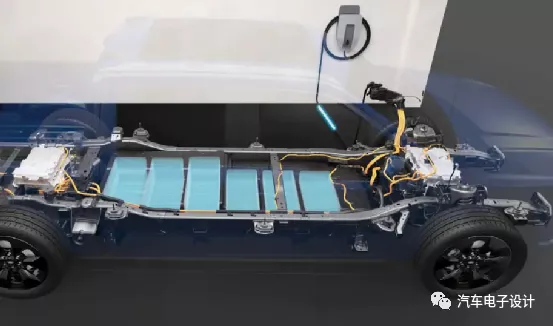

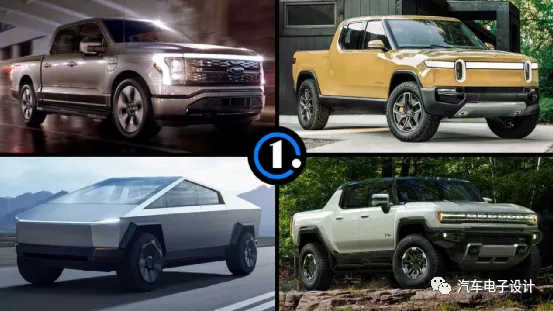
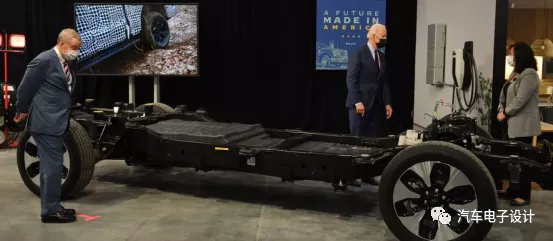

From this perspective, we estimate that the battery system has a capacity of approximately 120-160 kWh based on charging 50 kW to 65% SOC, which is calculated by charging time multiplied by average charging power divided by SOC range. Due to conversion factors for charging stations of 50 kW and 150 kW during this process.
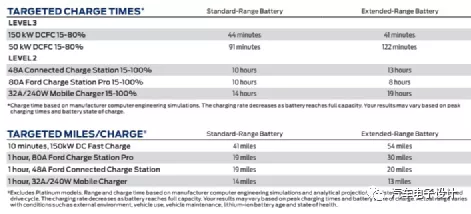
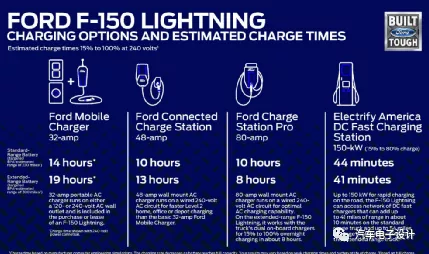
Power Battery Supply Chain in the United States
In Biden’s speech, an important point was the power battery industry chain. Currently, the production capacity of electric vehicles in the United States is still limited by power battery. At present, Tesla (cooperating with Panasonic), General Motors and LG, LG’s self-built production capacity, and SK’s self-built production capacity provide batteries in the United States.
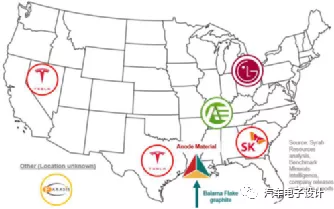
With Biden’s visit, Ford announced a $22 billion investment plan for electric vehicles by 2025. It includes reports from foreign media that Korean battery manufacturer SK Innovation and US automaker Ford will establish a joint venture in the United States to ensure a stable supply of electric vehicle batteries. SK Innovation has invested $2.6 billion in Georgia to build a battery factory to provide batteries for Ford F-150 electric vehicles. It is expected to complete the construction of the Georgia factory in late 2021 and build a second factory next to it. The second factory is expected to start battery production in 2023. In a sense, this is also a continuation of the preparation for the second battery factory by General Motors and LG. Under Biden’s support, US automakers have started to participate directly in the battery production process to ensure the independence of the US power battery industry (actually dependent on the three Korean power battery companies). Earlier, Rivian chose Samsung SDI. In essence, these car companies will have competitive relationships in the future and will need to find close partners to align with.
Note: Rivian is likely to look for Chinese battery manufacturers, but there are significant risks involved.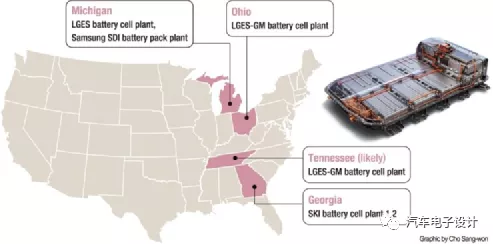
Summary:
After the outbreak of large-scale electric vehicle sales in Europe last year, the United States will also start a small wave from 2022. This is very good news for the electric vehicle industry. However, it is necessary to build a complete basic battery industry chain around the United States, Europe, Korea and Japan to support long-term development and become another alternative energy industry chain. This area is similar to our current preparation for the supply of lithium mine resources.
Quote from Biden: “China is now leading the electric car race, that’s a fact. They want to remain the leaders in the future, but I’m telling them, they won’t win, we won’t allow that to happen.”
This article is a translation by ChatGPT of a Chinese report from 42HOW. If you have any questions about it, please email bd@42how.com.